California community college enrollment plummets to 30-year low
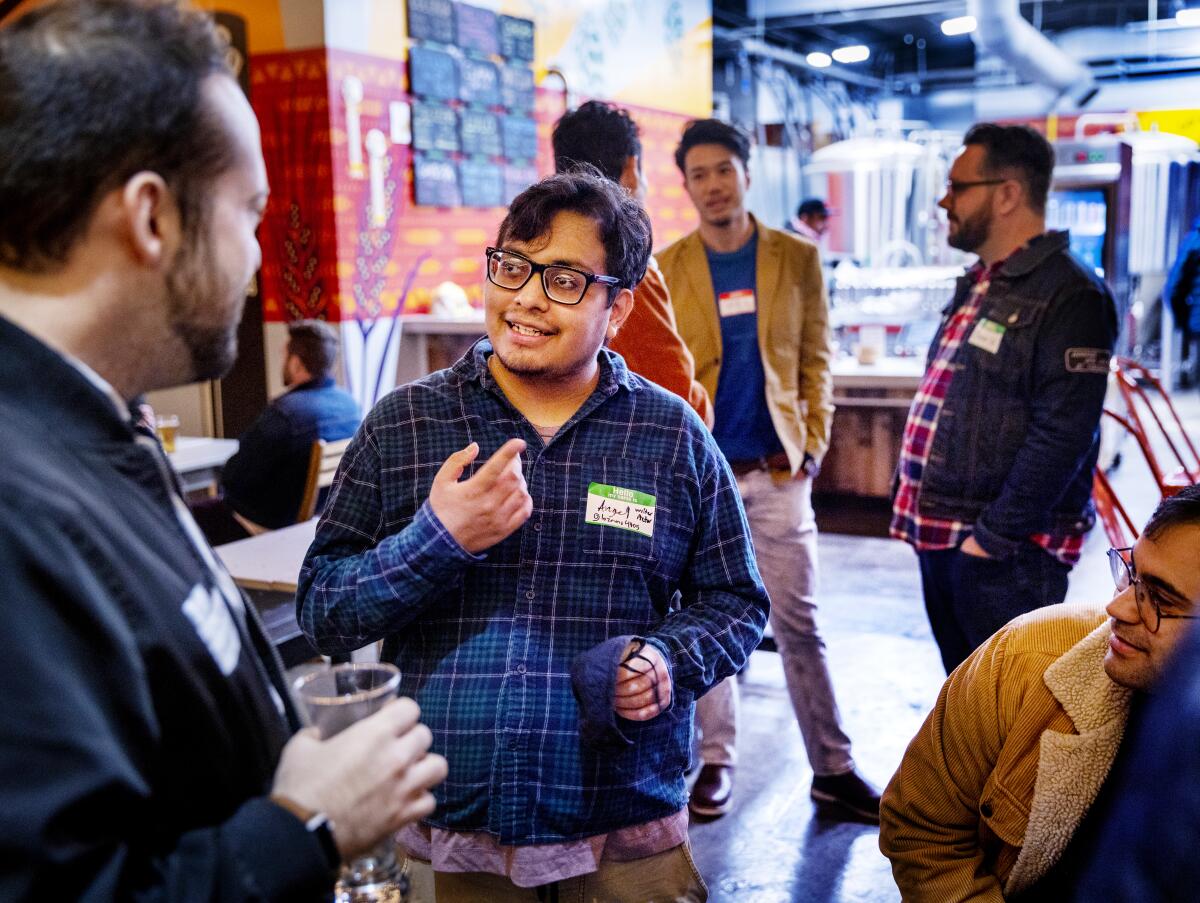
Enrollment at California’s community colleges has dropped to its lowest level in 30 years, new data show. The stark decline has educators scrambling to find ways to meet the changing needs of students, who may be questioning the value of higher education as they emerge from harsh pandemic years.
Since pre-pandemic 2019, the 115 campuses have collectively lost about 300,000 students, an alarming 18% drop that portends significant enrollment-based funding cuts if enrollment does not increase.
That uncertainty has put the financial viability of some colleges at risk. But the crush of pandemic-fueled changes has also pushed the system to an inflection point, which may force the colleges to reimagine themselves in ways that jibe with students’ priorities and needs. “What we’ve seen is that higher education as a whole has been disrupted forever,” interim Deputy Chancellor Lizette Navarette told a state Assembly hearing this week.
“We gave [students] a taste of what a flexible adaptive education meant” during the pandemic, she said. Now they “no longer want something that looks like the education they received before.”
A survey of former California community college students found that one third haven’t re-enrolled because they prioritized work, and 22% prioritized taking care of family or other dependents. Another 29% said they struggled to keep up with their classes, according to the nonprofit research center RP Group.
The student defections affected the entire system, from small colleges serving rural northern California hamlets to bustling urban campuses in southern California. The college with the largest percentage loss statewide was College of the Siskiyous in the far north of the state; it experienced a 44% drop, from 3,371 to 1,882 students.
But some of the steepest declines were among the nine campuses in the Los Angeles Community College District, which lost 28% of its total enrollment. Los Angeles Southwest College led the pack, with a 32% drop. And East Los Angeles College, which had the highest enrollment in the state, lost 22% of its 40,000 students between the fall of 2019 and 2021.
Facing a fiscal cliff
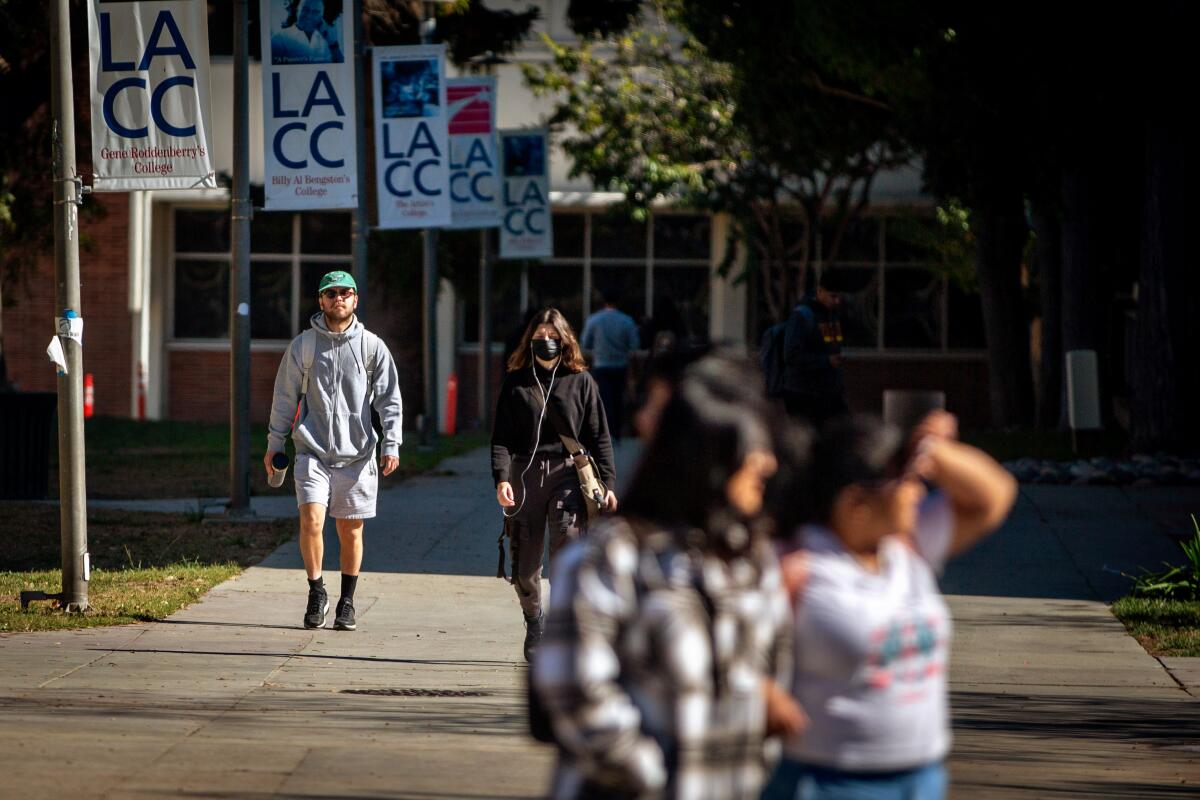
While community colleges are funded largely based on enrollment, those rules have been suspended and they won’t feel the pinch of the loss until 2025. Their cushion comes from pandemic relief funds. But if colleges don’t rebound quickly enough, they may be faced with faculty layoffs and service cuts, said Tatiana Melguizo, professor of higher education at the University of Southern California.
“We have no idea what’s going to happen,” Melguizo said. But if the decline continues or enrollment stays flat, “that will be really bad.”
At West Los Angeles College, enrollment dropped nearly 28%, from 13,941 in fall 2019 to 10,061 in spring 2021. Jim Limbaugh, the college’s president, said many students were enticed by employers who boosted wages to attract employees amid worker shortages during the pandemic. “When you have the opportunity to make over $20 an hour out in the community, they’re going to put college on the back burner,” he said.
Now the college is bolstering its most popular programs — including aviation technology, film and television production, dental hygiene and climate studies — and enrollment has increased by 6% this fall. “The pandemic has changed college,” Limbaugh said. “What we were doing before is not necessarily going to be the best thing for the students coming out of the pandemic.”
Looking to high schoolers
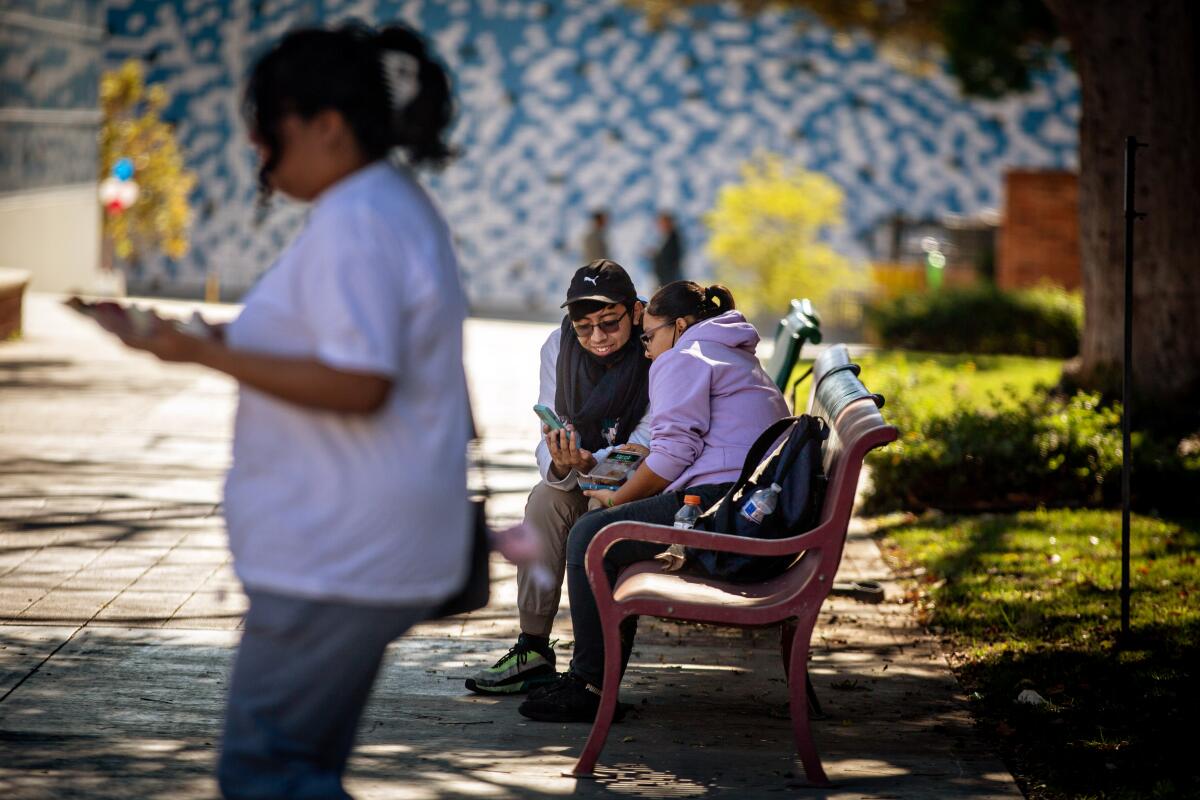
In their search for new bodies, college presidents are scouring local high schools for students willing to enroll in community college courses. They see that kind of dual enrollment as an opportunity for sustained growth, since those students are likely to remain enrolled after they get their high school diplomas.
In fact, since 2015 the only statewide enrollment increases in California’s community college system can be attributed to dual enrollment, according to the Community College Research Center at Columbia University. That aligns with national trends. Across the country, an 11.5% increase in high schoolers taking college courses helped soften community colleges’ enrollment drop.
But dual enrollment is just one source of salvation colleges are betting on. As they look to the future, college administrators say, they see rising student demand for expanded career training, flexible online classes, more financial aid, and a clearer transfer path to universities.
Santa Rosa Junior College in Sonoma County lost more than a quarter of its students during the pandemic. Many students lost work in the region’s tourism industry, and college took a back seat to job hunting. Others dropped out because they didn’t want to comply with the college’s vaccine mandate as in-person classes resumed. “Many of our students work. They also take care of their kids, they have parents to care for,” said college President Frank Chong. The college expanded its online offerings because “convenience matters,” Chong said.
A long slide
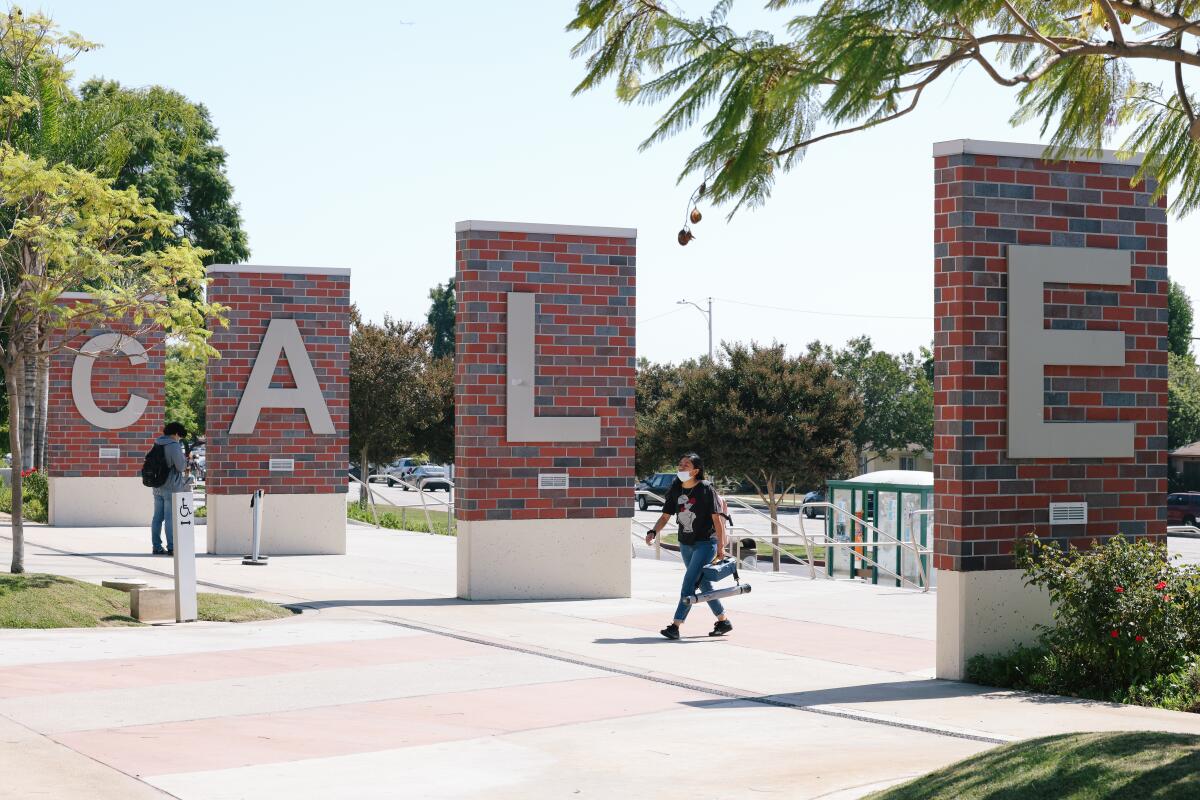
Historically the California Community Colleges has been the largest system of higher education in the country. Its enrollees run the gamut from students seeking job skills certificates or associate degrees, to those transferring to universities, to senior citizens indulging their passions and high schoolers taking college courses. But the system’s student count has been shrinking over the years.
Following the start of the Great Recession in December 2007, enrollment boomed at community colleges across the country. In California, enrollment peaked at about 2.83 million students during the 2008-09 academic year, when scarce jobs made college more attractive. Four years later, enrollment plunged and stayed flat until the 2020 pandemic drop.
This time around, the biggest drop was among new students who had enrolled during the first year of the pandemic. According to the Public Policy Institute of California, course withdrawals increased by 55% across the community college system during the spring of 2020, as COVID shut down campuses and pushed learning online.
No group of students was immune. Across racial and ethnic groups, enrollment of Black and Native American students declined at the highest rates, followed by Latino and Filipino students. A higher share of men left — 20% — although more women actually dropped out. And the system lost a third — 47,000 — of its oldest students, those 55 and over, between fall 2019 and fall 2021.
College officials grappling with the loss are considering a shopping list of solutions — from adding more counselors and online learning options to creating affordable on-campus student housing. But the colleges are also facing competition for students from employers whose workforce needs are propelling them to offer free training and quick entry into living-wage jobs.
Losing so many students is a harbinger of bad news for the 23-campus California State University system as well, because about half of undergraduate enrollment is made up of community college transfers. Between fall 2019 and fall 2021, community college enrollment of transfer-intending students was down 20%. That cost CSU an estimated 12,000 students between fall 2020 and fall 2022. And the University of California’s nine undergraduate campuses admitted about 11% fewer community college transfers this fall than a year ago.
The declines “may have set California’s higher education system back” by limiting its ability to “promote economic mobility among historically underrepresented students,” according to a recent report by the Public Policy Institute of California.
Expanding career training
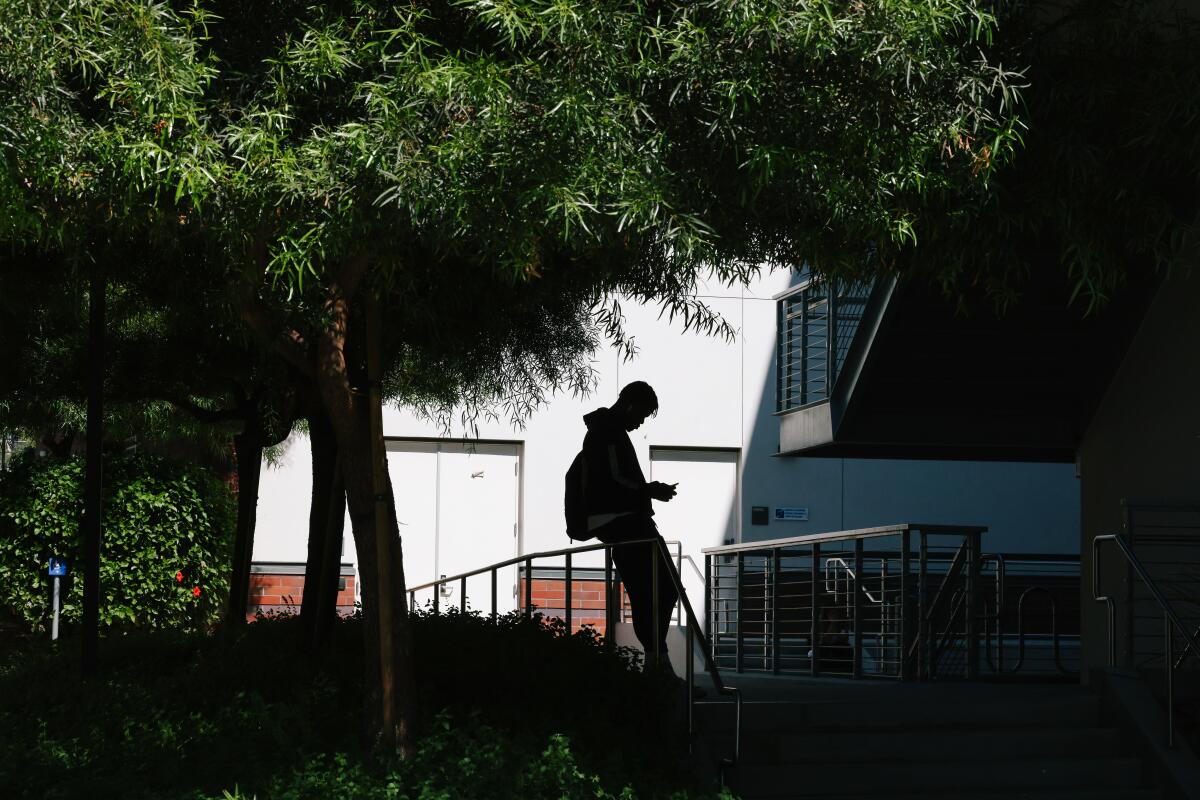
To lure students back, several community colleges have focused on expanding career training programs.
One of the system’s bright spots is the Kern Community College District in the Central Valley. Its largest campus, Bakersfield College, lost comparatively few students. And the district as a whole is now seeing a 10% increase compared to last year, including a 26% increase among Black students and 16% for Latino students.
Its strategy is to do a lot differently, Chancellor Sonya Christian told lawmakers at a hearing this week. The district has expanded work-based learning by partnering with local employers for internships and apprenticeships; that was key to retaining Black and Latino students. And the district’s faculty, counselors and financial-aid specialists work together on “customized outreach” that considers each student’s needs. “A one-size-fits-all approach is a thing of the past,” Christian said.
In Orange County, Santa Ana College is following a similar path. Improving its non-credit programs in auto mechanics, information technology and hospitality has led to such increased demand that the college now offers those programs online — allowing students to learn on their own schedules. The college also revamped its websites and launched marketing campaigns. After a 22% drop between fall 2019 and fall 2020, enrollment has begun to rebound.
“Many people during the pandemic have been looking for ways to upskill,” said Santa Ana College Vice President Jeff Lamb. “So we said, ‘Hey, we can help you develop some 21st century workplace skills and we’ll do it for free. And by the way, you can do that online.”
Meeting basic needs
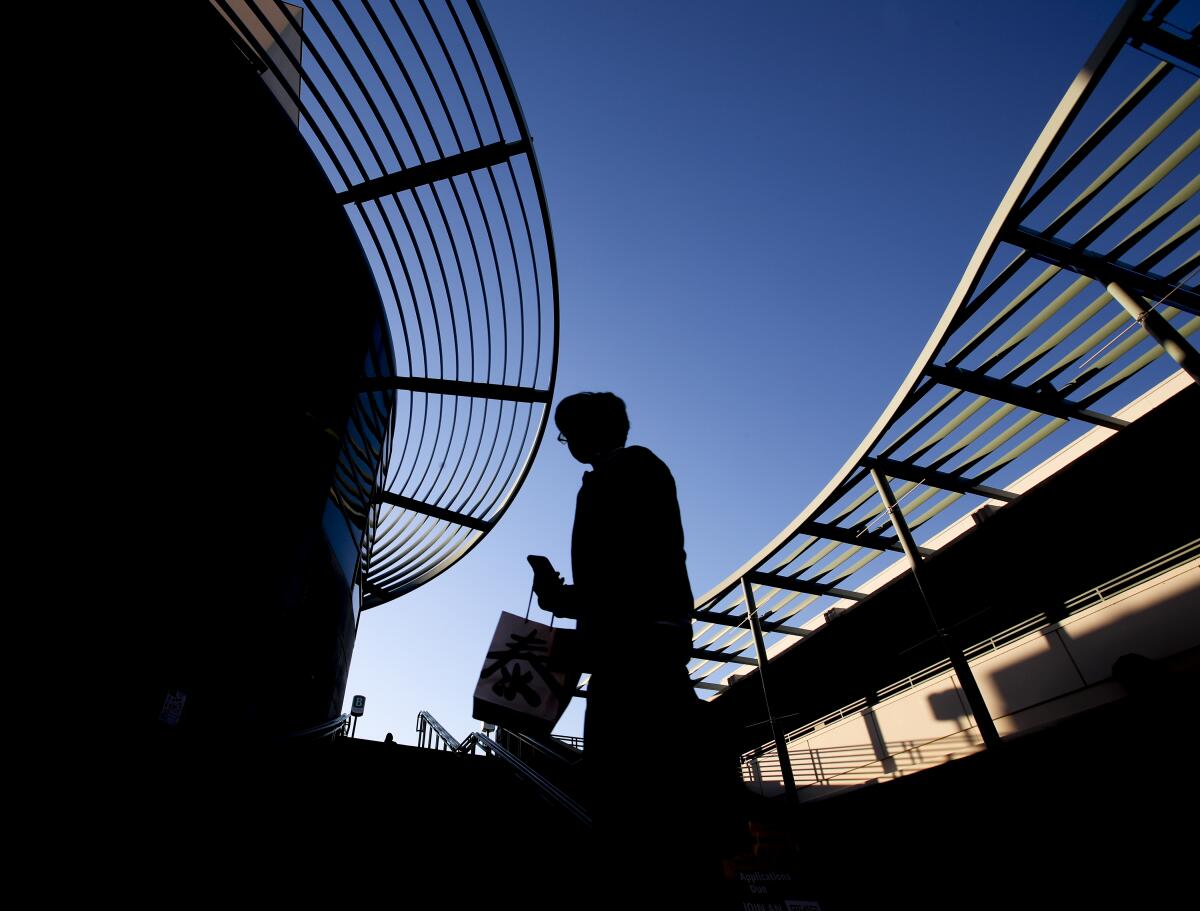
But sometimes new courses and modes of learning aren’t enough. Pasadena City College, which lost 32% of its students between spring 2019 and spring 2022, is hoping to boost enrollment by focusing on students’ social, emotional and financial needs. The goal is to “help students in whatever they’re facing that is threatening their enrollment,” according to Cynthia Olivo, the college’s assistant superintendent of student services.
The college created a care center during the pandemic, partnering with community groups to provide students with housing resources, immigration services and mental health counseling. The campus has a food pantry and offers meal delivery service. And students facing eviction or struggling to pay bills can get hotel vouchers or emergency aid.
The efforts may be paying dividends: This fall, more than 23,800 students are enrolled at PCC — nearly 5,000 more than last spring.
“I don’t see as many withdrawals,” Olivo said. “But that doesn’t mean we’re in the clear. We still have to put practices in place that honor and recognize that students have been through a difficult time.”
“A big toll on me”
While the pandemic-fueled enrollment drop shocked the system, COVID wasn’t the only culprit. Community colleges have been on an enrollment slide for about two decades.
The declines were part of a long-term trend, driven by declining birthrates that meant fewer students were moving through high school, according to Olga Rodriguez, who directs the higher education center at the Public Policy Institute of California.
But once COVID shook things up, students began to quit in unprecedented numbers.
David Tellez was among the students who left.
After graduating from Azusa High School, Tellez enrolled in fall 2020 at Citrus College, a campus down the street from his family’s home. The affordability appealed to Tellez, in part because he could have his enrollment fees at Citrus waived through the California College Promise, a program for new full-time students.
But balancing a full slate of classes with his full-time job at a fast-food restaurant quickly became overwhelming.
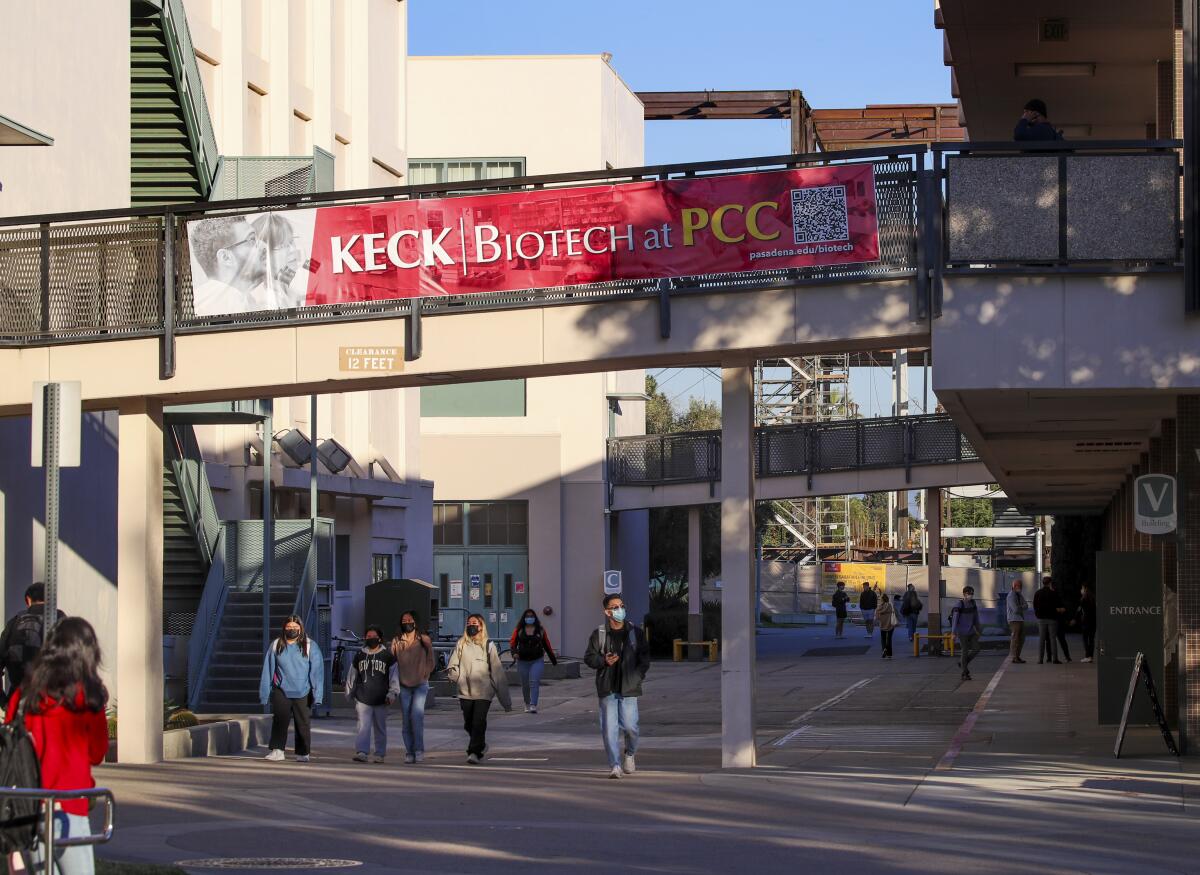
He needed the job to help his mother, a grocery store worker, pay for rent and food for him and his younger sisters. On weekdays, after returning home from work at 11 p.m., he’d stay up until 2 a.m. to finish homework, then log on to class at 8 a.m. “I was always physically and mentally drained,” he recalled. “It was a big toll on me.”
Like many students, he was faced with the stark choice between school and work. Community college students tend to skew older than typical university students and come from lower-income backgrounds. More than 65% are working more than part-time.
Tellez left Citrus College in October 2020 and still agonizes over the decision. “I wish I could have stayed in school rather than work,” the 21-year-old says now. “I didn’t want to be seen as a college dropout.”
He still sees the value of attending college. He returned to Citrus in fall 2021 to pursue a degree in kinesiology and plans to become a physical therapist. This time, he’s scaled back at work to 30 hours a week and is taking classes part-time.
Working the night shift
When his campus closed, Aaron Adams decided to go to work rather than continue his studies at Hartnell College in Monterey County. He took a night-shift job at a tomato factory near Salinas, believing that work experience would help him more than online classes.
But his work was only seasonal, and he has yet to find a full-time job. Now he wants to return to school so he will be more competitive in the job market, but he can’t afford to. “It’s a matter of having money to support myself and finding motivation to actually contact the counselors and get that enrollment process going,” he said.
Two years ago, he was taking a full-time caseload, working toward a computer science degree. He found the classes overwhelming and his grades were poor, sparking his decision to leave. “Now I feel like if I take it slower,” he said, “I’ll have more success.”
Questioning the value of college
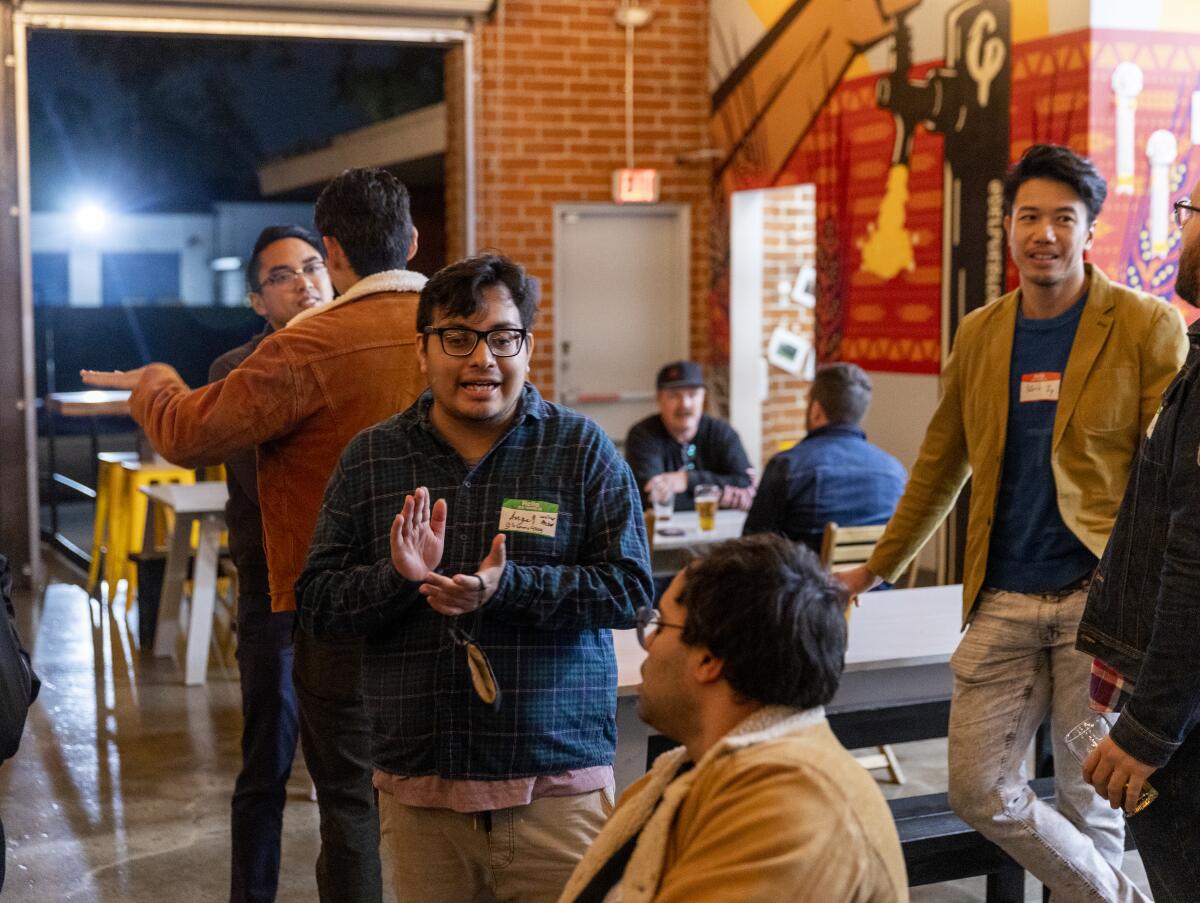
And while finances and family responsibilities loom large for many students, that isn’t the only thing running them off. Given the abrupt shift in the college experience once campuses closed, some students lost confidence in the power of higher ed.
Angel Lozano spent one term at East Los Angeles College in 2021, and doubts he will make his way back. He left to find work and pursue an acting career. He’s not sure college is a good fit for him.
“For me and my generation, we’ve been told that we have to go to college. That it’s the safe, respectable way of getting money and all that,” Lozano said. “But now that we’ve grown up, we realize, no, there’s other ways. And that’s not to say college is a bad thing, it’s just college isn’t for everybody.”
Lozano got a few acting gigs after he left school. Now he’s writing his own movie script and working at an assisted-living facility, coordinating activities for residents. “I just decided I want to build up my life experiences and get a job instead of going to college,” Lozano said.
Is the trend hitting bottom?
Early indications are that the free-fall enrollment drop may be bottoming out.
While California’s community colleges have not yet reported their fall 2022 enrollment, a national study showed that enrollment nationwide declined by only 0.4% this fall from the year before. It was buoyed by a new crop of first-year students and increases among high schoolers taking community college classes.
But Larry Galizio, president of the Community College League of California, said his talks with college presidents suggest the road back may be steep. “They think they hit bottom, but all of them say that it’s going to take time to get the students back, and there’s no way for us to predict how long it will take,” he said.
Still, many students are open to returning, said Darla Cooper, executive director of the RP Group, which reported the results of a student survey to the system’s board in September. About half of the students surveyed said they wanted their local colleges to contact them about the possibilities.
And that, Cooper said, is “an indication of wanting to come back.”
Burke and Willis are reporters for EdSource, a nonprofit, nonpartisan journalism organization covering education in California. Truong is a Times staff writer. Yuxuan Xie of EdSource and Katie Licari of the Times, both data and graphics journalists, contributed to this story.
More to Read
Sign up for Essential California
The most important California stories and recommendations in your inbox every morning.
You may occasionally receive promotional content from the Los Angeles Times.










